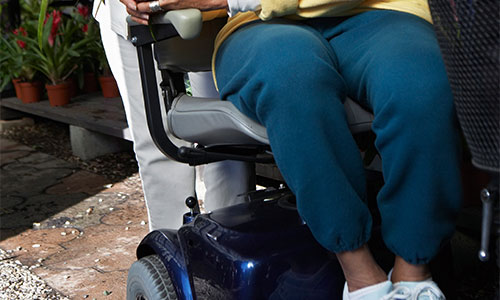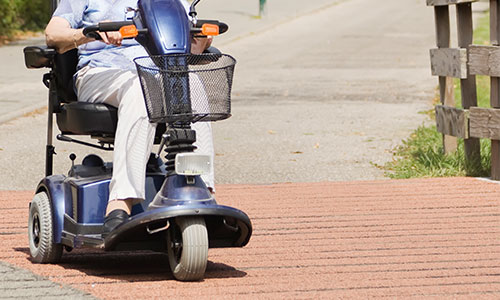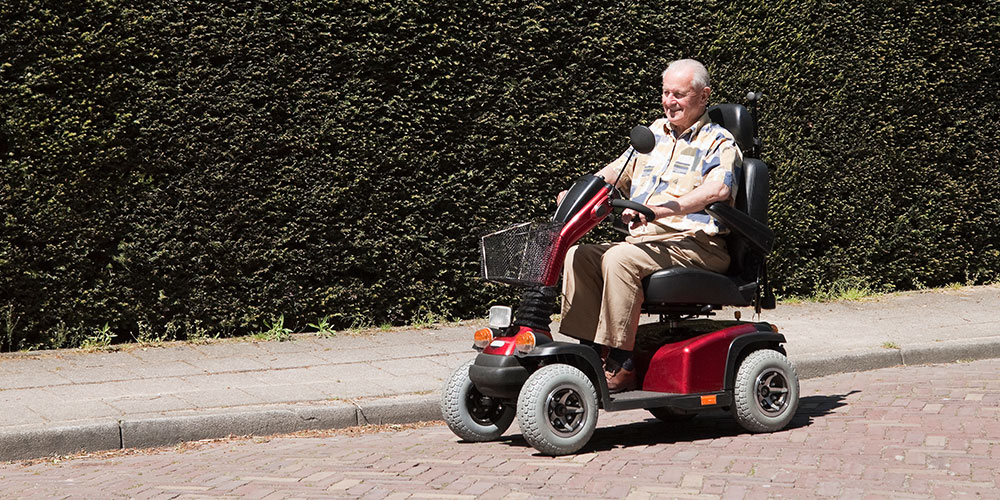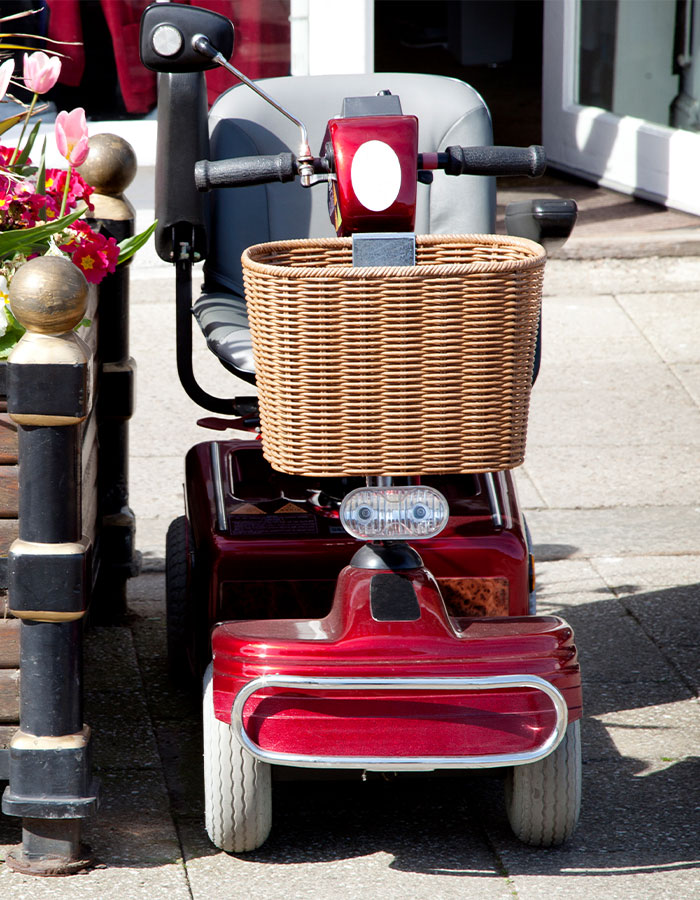
Range of Mobility

Number of Wheels

Seating Comfort

Adjustments
Mobility scooters are invaluable tools for individuals facing mobility challenges, offering a newfound sense of independence and freedom. These scooters are designed to help users navigate their daily lives with ease, whether it’s running errands, enjoying outdoor activities, or simply moving around the house. With various features tailored to enhance comfort and usability, mobility scooters can significantly improve the quality of life for those who need them. Below, you’ll find a detailed FAQ section about mobility scooters, along with a comparison chart highlighting their key features.
If you or a loved one is struggling with mobility, a power scooter or can change your life!
Here’s a Top 10 List of Ways a Power Scooter Can Change Your Life:
- Daily activities around your home are manageable again.
- A power scooter helps with fall prevention. The probability of falling decreases when you’re not walking around unstably.
- No more feeling trapped. Going shopping with friends and family isn't exhausting anymore!
- Vacations! Want to get away? Now you can!
- A power scooter investment saves you money versus paying for in-home nursing or a night in the hospital.
- No guilt about holding everyone up because you’re out of breath.
- No longer needing to depend on others for help moving about all the time.
- Entertaining abilities! You can have family and friends over again.
- Move freely about your own home and simply stay at home… longer. Age in place confidently with your spouse!

Scooter FAQs
How long do you charge a scooter battery?
Usually, a battery requires 6-8 hours. A full charge might take 12 hours. It is not advisable to leave the battery charging all the time. Overcharging can damage a battery.
Can I charge a battery with a car charger?
No. Never charge your scooter using a car charger.
How often should I charge my battery?
Never leave the house without a fully charged battery. It is a good idea to charge the battery overnight.
How far can I go on a full charge?
Scooters typically have a range of 5 miles, but it is not uncommon to go further, even up to 10 miles. Each model and battery type will determine your range.
Can I ride my scooter outdoors?
Yes. Scooters are designed to be used in light rain or even light snow. But there are electrical parts, so it is not recommended both for the safety of the user and the safety of the equipment to ride in heavy rain or deep water.
What is the maximum weight capacity of a scooter?
Each model may vary, but typically scooters will handle up to 350 lbs.
Can I take a scooter on a plane?
Yes, but it is best to call the airline in advance to ensure that it allows your type of battery.
Can I ride a scooter on the road?
No. Mobility scooters are not allowed on roads. Scooters are, however, allowed on all pedestrian walkways.
Mobility Scooters vs. Power Chairs - What's the Difference?
Mobility scooters and power chairs are essential aids for individuals with mobility challenges, offering independence and ease of movement. While both serve similar purposes, they have distinct features and benefits that cater to different needs.
| Feature | Mobility Scooters | Power Chairs |
|---|---|---|
| Wheels | 3 to 4 | 4 to 6 |
| Steering | Tiller and handlebars | Joystick |
| Size | Larger, more trunk space | Smaller, easier to stow |
| Seat | Fixed or swivel | Swivel and adjustable |
| Legroom | More legroom | Flip-up platform for feet |
| Turning Radius | Larger, better for outdoor areas | Very tight, ideal for indoor spaces |
| Best For | Those with some mobility needing help | Those with very limited mobility |
| Transport | Can be disassembled for easier transport | Less portable, but still manageable |
| Range | 5-25 miles depending on model | Typically shorter than scooters |
| Accessories | Baskets, mirrors, crutch holders | Cup holders, armrest pads, trays |


